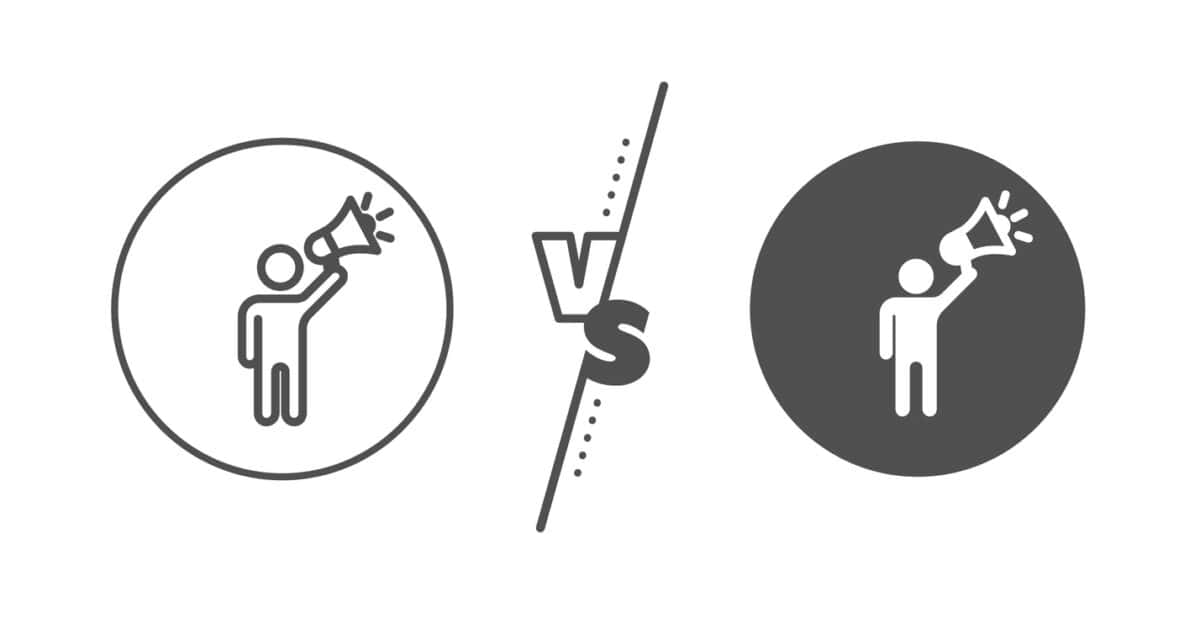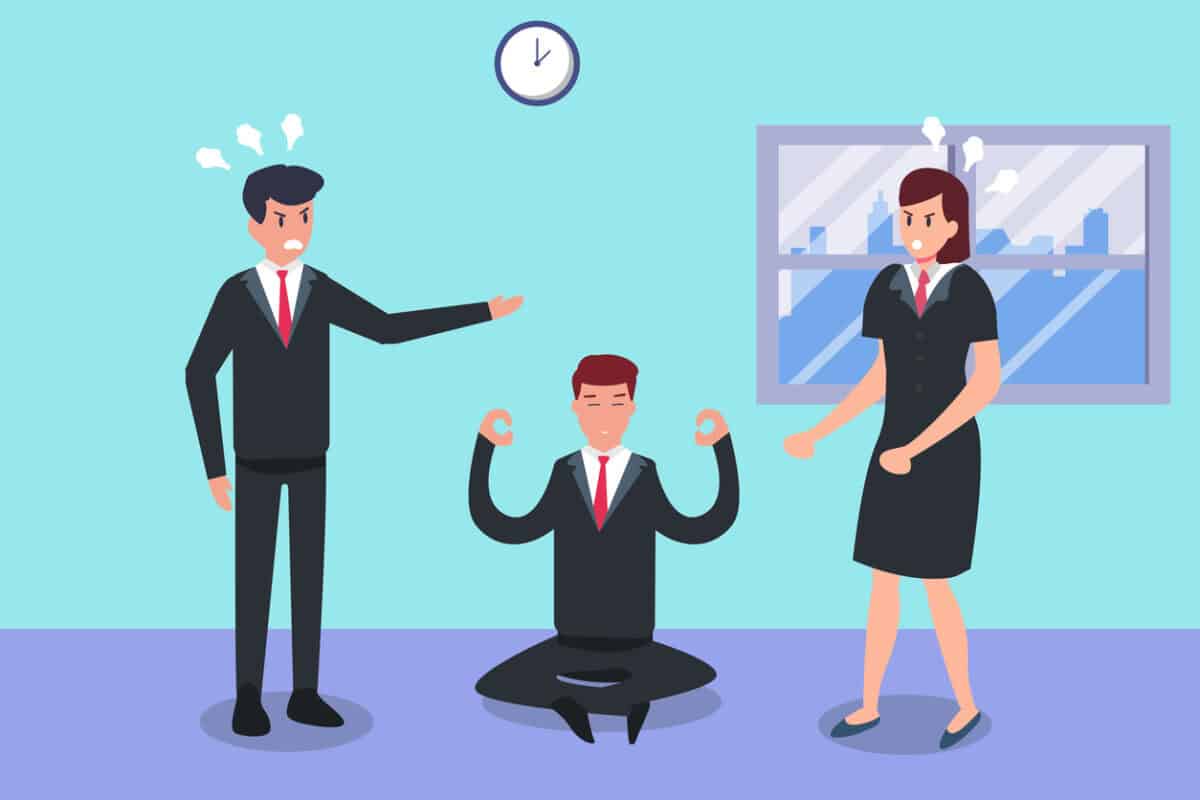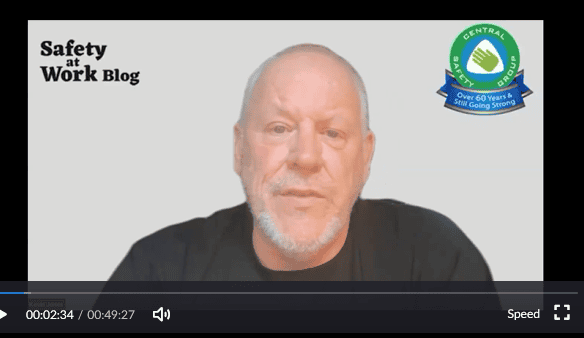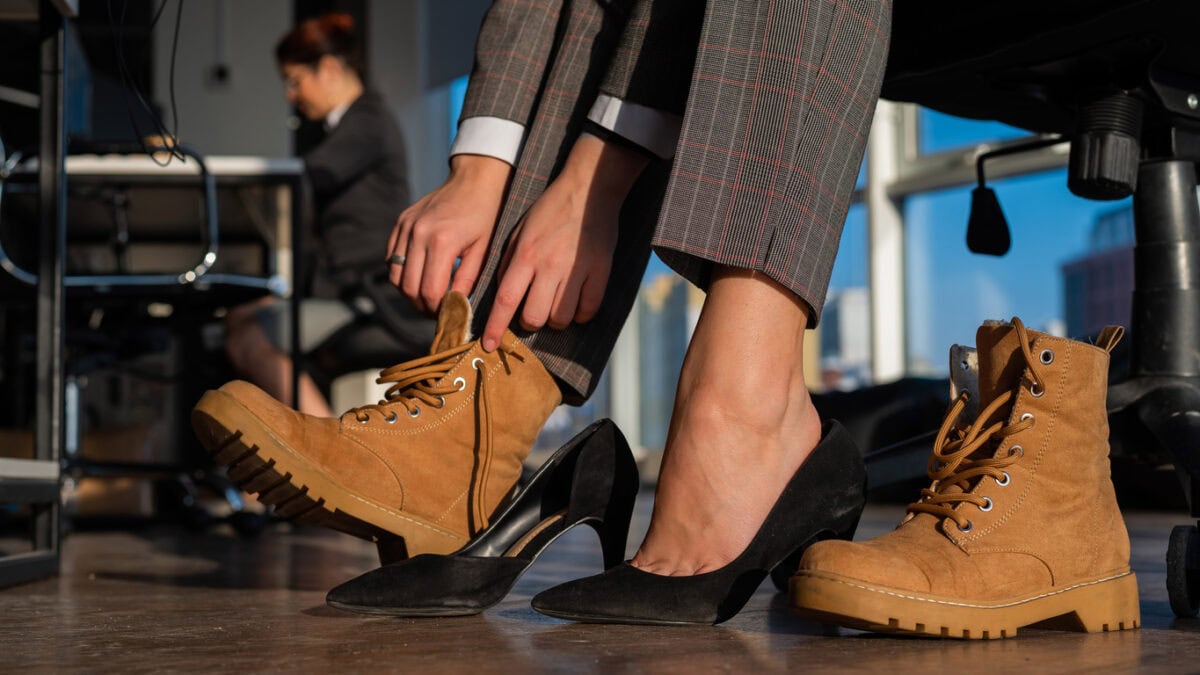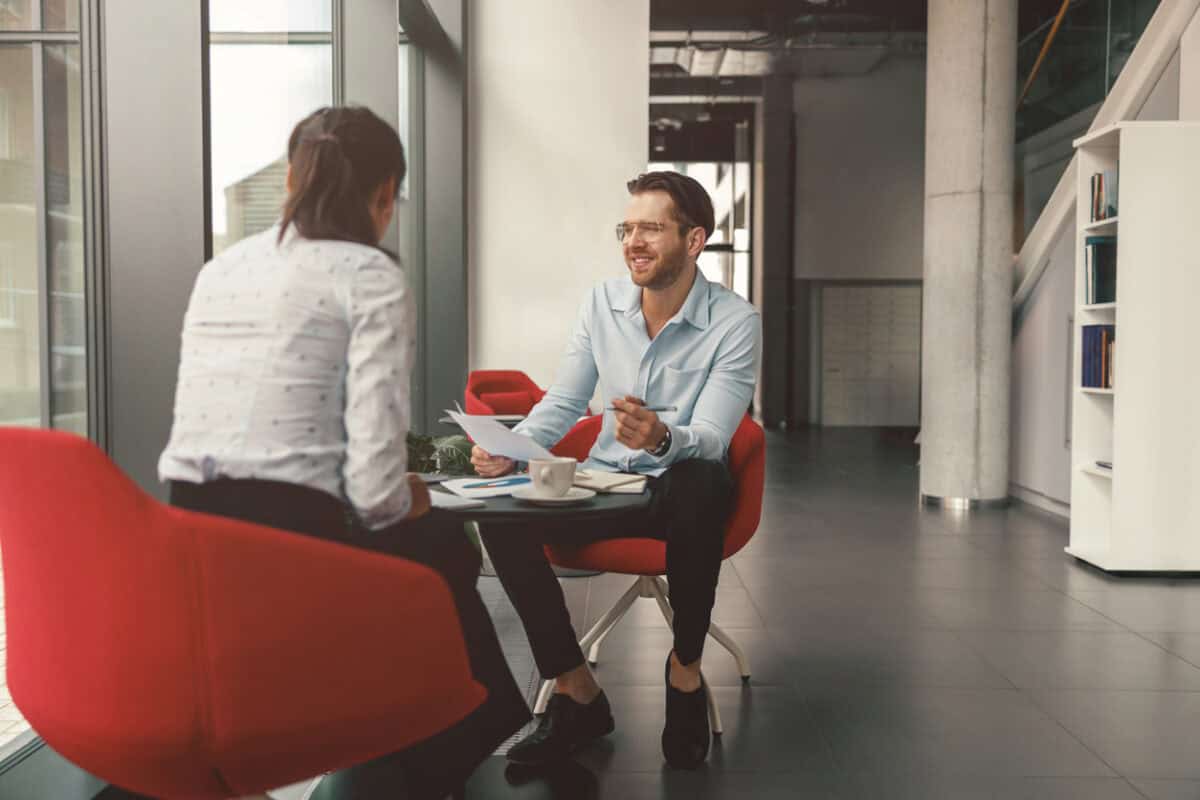The 2nd (annual) psych health and safety conference commenced with what was almost a summary of the current play in the workplace psychosocial/psychological sphere. This year, the venue is bigger, and the number of delegates in person and online appears much bigger. But the most significant feature is the blending of different disciplines under the psych tag.
Rob Briner kicked it off


